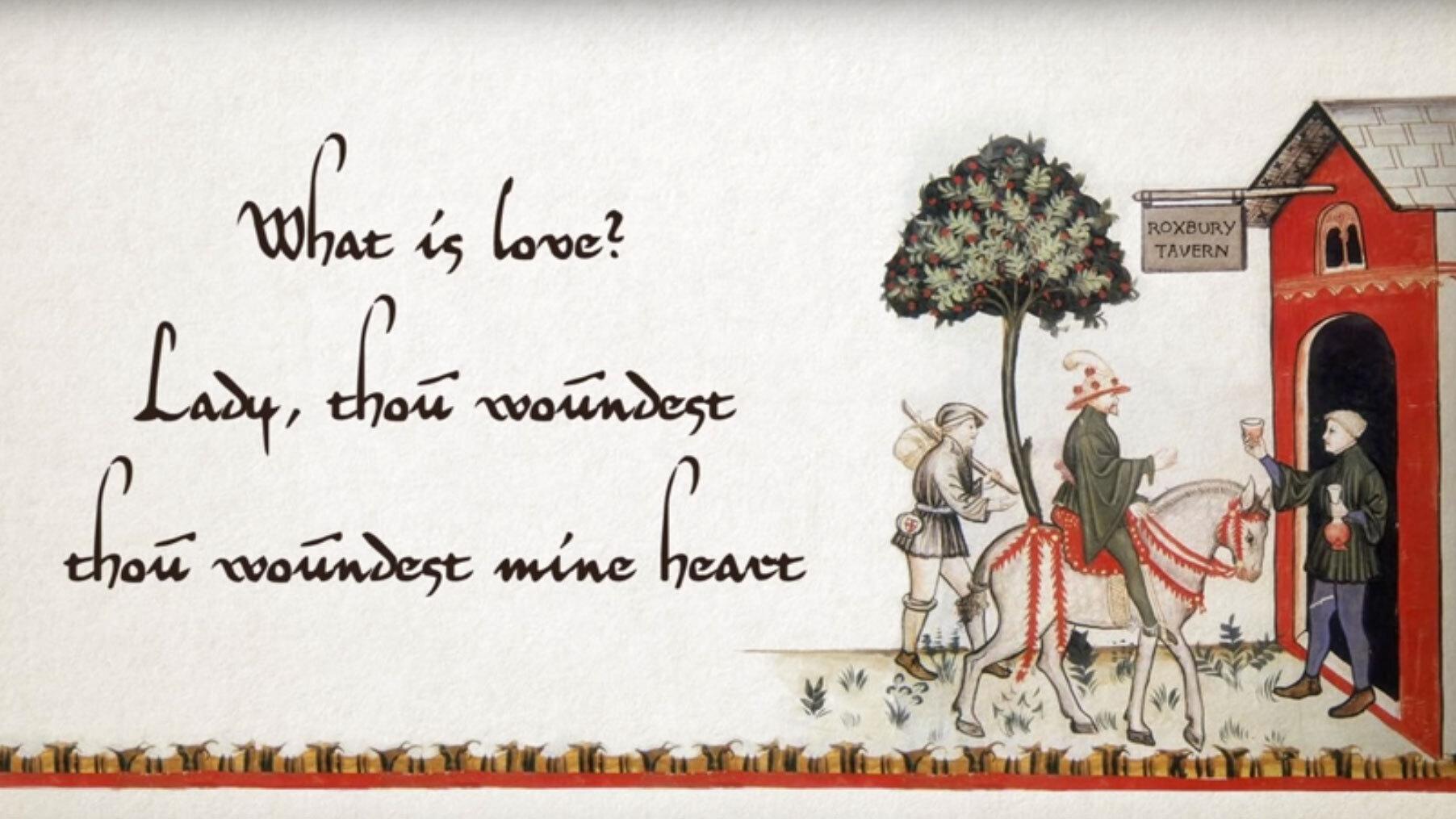‘Bardcore’ trend sees modern pop songs reimagined with a medieval twist
Click on one of Cornelius Link’s YouTube videos and you might think you were hearing a medieval love ballad. Soft, soothing lutes, whirring flutes and gentle drums abound.
But listen more closely and you might realize that you’re hearing something familiar — like the beat of Haddaway’s ’90s club classic, “What Is Love.” Welcome to the world of “bardcore,” a growing genre on YouTube of popular modern songs covered in a “medieval” style.
Related: ‘Scents of Normality’ captures the essence of everyday life before lockdown
Link, a software engineer in Freiburg, Germany, was arguably the first “bard of bardcore,” and his videos — like his version of “Pumped Up Kicks” by Foster The People — now have millions of views. He’s also inspired others, like Canadian singer Hildegard von Blingin’ (a play on Hildegard von Bingen, the German abbess and composer) who adapts contemporary lyrics into an Olde English style. Singing Dolly Parton’s “Jolene,” for example, Hildegard von Blingin’ implores, “I beg of thee, pray take not my Lord.”
Elina Hamilton, a historical musicologist at the University of Hawaii at Manoa, says that — given our current reality — this trend shouldn’t be too surprising.
“My first reaction was actually, ‘Oh yeah, of course, why wouldn’t we do this?’ Because it is so apt for what we’re going through right now.”
“My first reaction was actually, ‘Oh yeah, of course, why wouldn’t we do this?’ Because it is so apt for what we’re going through right now,” she said.
Related: This Mexico City architect transformed an empty public square into a storytelling stage
Hamilton explained that artists have frequently turned to the Middle Ages for inspiration — or rather, an idealized vision of what they believed the Middle Ages was all about.
During the Arts and Craft movement of the 19th century, for example, particularly in Britain, artists and architects reacted against industrialization and assembly line labor by focusing on hand craftsmanship — pieces that were made by skilled artisans. The romantic notion of the “medieval craftsman” was central, and medieval imagery and motifs became popular in the works of artists like William Morris.
These days, as people find themselves at home, in lockdown because of the coronavirus, perhaps cooking for themselves more, growing their own food, or turning to hobbies like knitting or embroidery, Hamilton says people are drawing parallels between their lives and what they imagine people’s lives in the Middle Ages were all about.
“Whether that’s true to be historically accurate or not, the concept of our modern idea of medieval is very much about domesticity and creating your own thing … To me, that really kind of screamed out from the music I was hearing,” she said.
Related: Shipwrecked scent: A perfumer re-creates a 150-year-old fragrance
Hamilton also says that — just like today — people in the Middle Ages listened to music to escape.
“They don’t sing about the Black Death. There’s very few songs, maybe one or two, that actually say something about losing family or having some type of loss. Even in the Middle Ages, they were singing about things that were of a happier day.”
“They don’t sing about the Black Death,” she said. “There’s very few songs, maybe one or two, that actually say something about losing family or having some type of loss. Even in the Middle Ages, they were singing about things that were of a happier day.”
Related: Centuries ago, Spanish writers challenged gender norms and barriers
Link is pretty philosophical about the success of his videos. On the one hand, he’s baffled at why exactly they’ve become so popular; on the other, he points out that the underlying themes in many modern pop songs are universal.
“Maybe our problems are completely different today, I don’t know that,” he said. “But there’s also stuff like the loss of a loved one. That’s the same today. I think you can say there are parallels to our time.”
Themes of love, despair, loss — who couldn’t relate to that?
